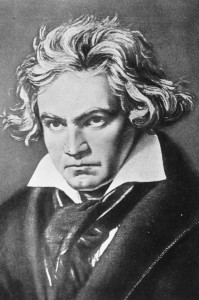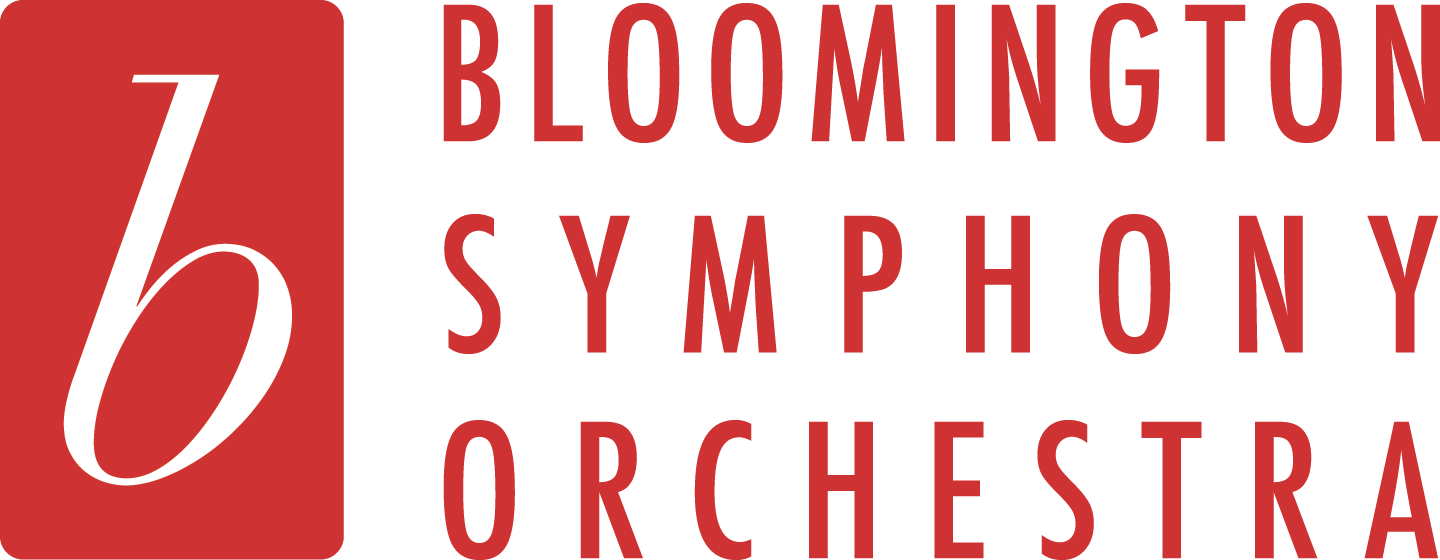Before each concert, we share “Manny’s Musings,” thoughts from our Music Director and Conductor, Manny Laureano. This is the final “Musings” that will be posted in advance of the BSO’s Journeys concert on November 22.
Symphony No. 3 in E-flat Major, Op. 55, “Eroica”

circa 1800: Ludwig van Beethoven (1770 – 1827), German composer, generally considered to be one of the greatest composers in the Western tradition. (Photo by Henry Guttmann/Getty Images)
To say that the third symphony of Ludwig van Beethoven (1770-1827) is remarkable is a classic understatement. His eschewing of some parts of classical form, the almost-complete deafness he suffered, the political turmoil of the time, and his ability to express personal frustration were part of the art he expressed. The deafness, that irony of ironies for a musical genius, began to take hold as the 19th century turned and was at first, admitted only to close associates. Yet, he continued to compose with each work displaying further his ability to shift from beautiful melody to raging developmental climaxes, from tenderness to melancholy, with seamless transitions or abrupt halts that preview later great symphonic works. Originally, it was his plan to dedicate his Third Symphony to a then-hero of the French people, Napoleon Bonaparte. He proudly named the French revolutionary on the front page of the new work, which also innovatively started with two opening hammer blows. When it came to be known that Napoleon would declare himself emperor, Beethoven angrily erased the name from the dedication, so much so, that the paper tore through to the other side. The dedication was replaced with one to Prince Lobkowitz, a patron whose historical palace can be seen in a first edition copy of the symphony today.
As far as the composition itself, gone is the usual sort of slow introduction which would normally serve as prelude to the first two themes. In its place are two E? major chords that are sometimes interpreted with majesty and other times with crisp severity. The rolling, almost waltz-like quality of the themes is constantly interrupted by angry interjections that remind us that a punishing climax is waiting in the work’s development section. The last two bars of the movement create an unprecedented musical ring by repeating the first two!
The Funeral march that makes up the second movement is, in this writer’s opinion, the most human bit of composition set to pen for a symphony orchestra up to that point in musical history. Its settled sadness, the look at clouds parting in order to remember an unnamed hero, and the sheer rage at perhaps God himself, is chilling! Was Beethoven mourning a person… or the loss of one of his five senses?
The scherzo brings us back to a playfulness that marks Beethoven’s compositions without exception in his symphonies. He even plays a game with the listener during the famous trio asking the horns to repeat a hunting call, only to fade away deceptively to a different resolution. Surely, the first listeners to this work must have smiled at the teasing from Beethoven.
The finale is full of fire – one that momentarily lets the listener wonder whether it will be a serious blaze in a minor key, only to present us with a dominant chord which resolves to a clear E? major. You are then charmed by what can only be referred to as a romp that reminds one faintly of the French Alouette song of childhood. The romp gives way to song and then a fugue in C minor follows, only to return to the major key with a foothold into a world of mad joy. The madness is halted for a moment while Beethoven breaks all convention and has the orchestra embrace music in a slower tempo that soars eventually leaving us with a busy coda to end the work establishing E? major as the key of heroes.
Join Music Director & Conductor Manny Laureano, for the concert, “Journeys” featuring Minnesota Orchestra trumpet player Charles Lazarus and his Jazz Quintet, as soloists, along with narrator James Lileks. The concert takes place on Sunday, November 22 at 3 p.m. at the Schneider Theater at the Bloomington Center for the Arts.
To learn more about the concert, click here. You can order tickets online through the Bloomington Box Office or by calling 952-563-8575.
